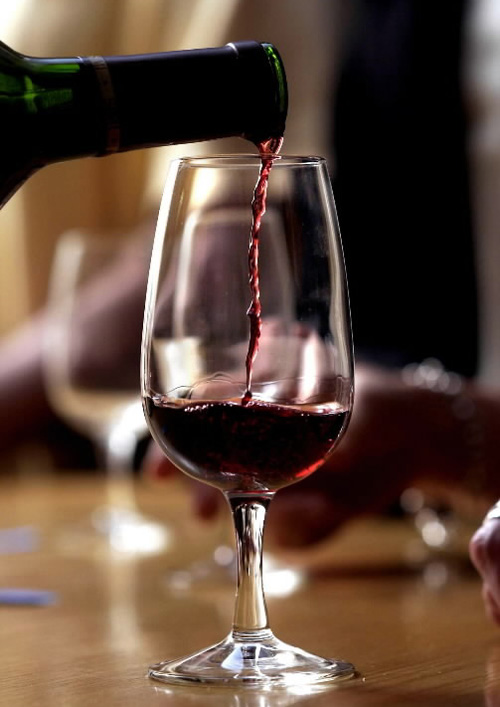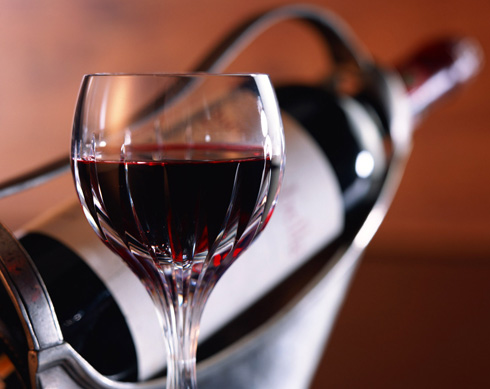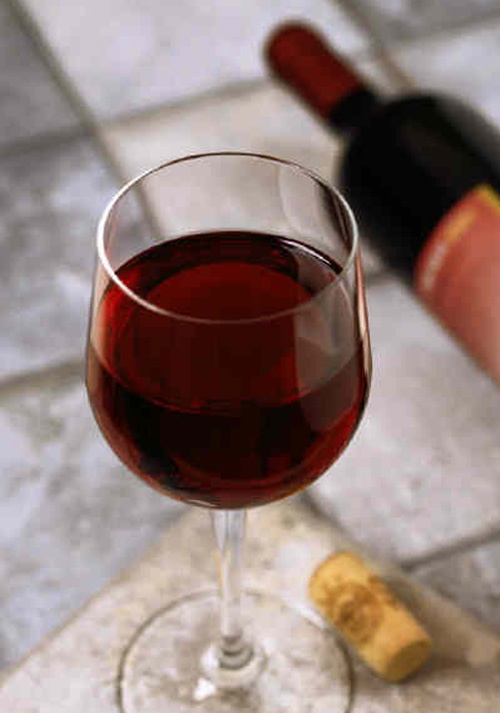The German Wine Route – A Culinary Delight and Wine Tasting
Embark on a journey through the charming wineries of the German Wine Route in the Palatinate, nestled in the southwest of Germany. Stretching over 50 miles, the German Wine Route is home to more than 100 million grapevines. Thus, it is Germany’s second-largest wine-growing region.
The German wine route region features exceptionally mild climate, with over 2,000 hours of sunshine annually. As a result, it nurtures the growth of high-quality, aromatic grapes. As the world’s largest Riesling-producing region, the Palatinate offers a wealth of sustainable tasting rooms. Here, visitors can experience these renowned wines.
There is no better way to explore Germany, than by eating your way through the different regions! From hearty Bavarian specialties to fresh seafood in the North. All accompanied by freshly brewed beers and world-renowned wines, every stop offers a new culinary delight.
Discover the German Wine Route
The 85-kilometre German Wine Route has been meandering its way through the Palatinate from the German Wine Gate in Schweigen-Rechtenbach on the French border to Bockenheim in the north of the country since 1935.
The Asparagus Route
Every year, Germans eagerly anticipate the arrival of the “fifth season”. The much-loved white asparagus season. You too can be part of the excitement! Visit the Lower Saxony Asparagus Route from mid-April to the end of June. You must try the freshly picked vegetable in different dishes.
The route connects the regions of Hanover, Braunschweig, Lüneburger Heide, Mittelweser and Oldenburger Münsterland over a length of 460 miles. Try a visit to an asparagus exhibition in combination with an asparagus feast. Hence, an opportunity to try cutting asparagus yourself rounds off the program.
The Apple Cider Trail
Discover numerous orchards filled with apple trees and wineries along the roads through the state of Hesse. There are dedicated to the production of cider.
The region’s distinctive symbol is the stylized Bembel, a traditional stoneware jug from which cider is still served in many restaurants along the route. It is poured into a Geripptes, a textured glass designed for a secure grip – much like the Dubbeglas.
Follow the Apple Cider Trail and savor regional classics like Frankfurter Grüne Soße (“green sauce”), a fresh sauce made with seven specific regional herbs.
The Beer and Castle Route
Take a trip through the unspoiled landscape of Bavaria and Thuringia, along romantic rivers and valleys from the Kyffhäuser Mountains to the Bavarian Forest. Along the way, view majestic castles, beautifully restored palaces, and historic ruins. These amazing places stand as timeless witnesses to Germany’s rich history, spanning over 300 miles.
With a wide variety of beers to choose from—dark, full-bodied brews, crisp pilsners, refreshing wheat beers, and smooth bock varieties—every sip becomes a delightful decision.
Culinary Celebrations
Germany is not just about Oktoberfest. It offers countless events and festivities worth experiencing! Discover the Wurstmarkt in Bad Dürkheim and the world’s oldest wine festival with over 500 years of history. Plus, explore the Zwiebelmarkt in Weimar or enjoy the lively atmosphere of the Hamburger DOM.
Savor more than just a hearty Bratwurst and indulge in local culinary delights. With great food, refreshing drinks, and vibrant energy, you’re guaranteed to have an unforgettable time!
Are you ready to enjoy a food and wine experience? Then the taste of Germany awaits.
Return soon to read about more luxury travel destinations like the German Wine Route. It’s time to travel and see the world!
Photo: German National Tourist Office


